Rabbit head
Rabbit head is a traditional snack in Sichuan Chengdu, Shanxi Datong and Zhejiang Quzhou. There are a variety of special eating methods, usually spicy, spicy two flavors, with more bones, less meat, more flavor and so on.
The special name for eating rabbit's head is "gnawing", "gnawing rabbit's skull" also means kissing in the local dialect. It is a delicious food with lots of fun.
In the 1980s, eating rabbit meat became a fashion in Chengdu, so a large number of rabbit heads with more bones and less meat became chicken ribs on rabbits. Thus, the folk will have innovative ideas to sacrifice the Sichuan cuisine in the big spicy artifacts, add rabbit head or stewed or fried, from then on created a great myth of the food industry.
1. if it is spicy hot rabbit head, first use the mouth to suck the bright chili oil on the top of the rabbit head.
2. break the rabbit head into two halves from the position of the mouth and put the upper part of the head down.
3. Eat the meat on the lower half of the face, which is the most part of the whole rabbit head meat, eat it will start the whole rabbit head challenge trip.
4. get your tongue up from your chin and eat it.
5. check the entire mandible and have the rest of the head eaten.
6. Pick up the upper half, bottom facing upward, with the thumbnail buckle the upper part of the mouth folded part of the head, eat.
7. Put the head up to your mouth, the rabbit's head parallel to the teeth, find the texture of the parietal fontanel door, and nibble and suck (usually no refrigerator in the rabbit's head cavity has a full brain flower, in the brine when there will be a moderate amount of flavorful oil inside), fully open the skull, from the neck of the rabbit to extract the brain flower. Child (to maintain the integrity of the brain flower) and eat it.
8. Break the rest into two halves and eat the eyeballs on both sides, the eyelids (part of the lacrimal glands has some challenging meat), respectively.
9. of course, depending on personal taste, you can also choose a large number of pieces that can be chewed up in the nasal cavity and eat them.
Eating rabbit head
Eating rabbit head is very formal. Just like Shanghai people eat shrimps, shrimp meat is eaten, shrimp shells are not broken. To gnaw rabbit's head, we need to fully mobilize the various functions of mouth, lip and tongue in order to taste the wonderful taste of rabbit's head. The food was spicy, red oil, sesame and pepper can be seen above, has been well-cooked, bone skinny. One and two halves. Chew the cheeks first, the meat is rotten, the lips suck, the tongue licks, and it comes to the mouth. After eating the flesh on the cheek, the finger hook, the rabbit tongue stick out, bite into the mouth, soft and brittle. The rabbit's lower palate is no longer delicious, but the taste in the bones is still there, sucking carefully again, this is considered to be chewing clean. The rabbit's brain is just like flower and fire. It can be sucked, or scoop out with a small spoon. The meat, eyes and brain are all gone, and some of them are still in the mind, sucking the oil and water on their fingers.
Because the rabbit's skull is mostly made of spice, which has the effect of dispelling wind, dispersing cold and publishing, so all kinds of Yin-deficiency and fire-vigorous constitution should be eaten under the guidance of a doctor.
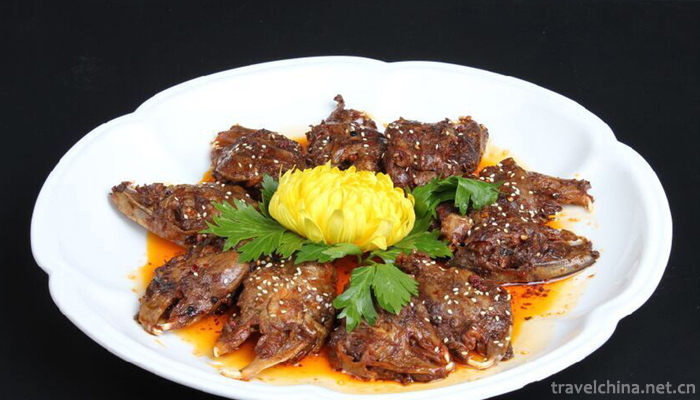
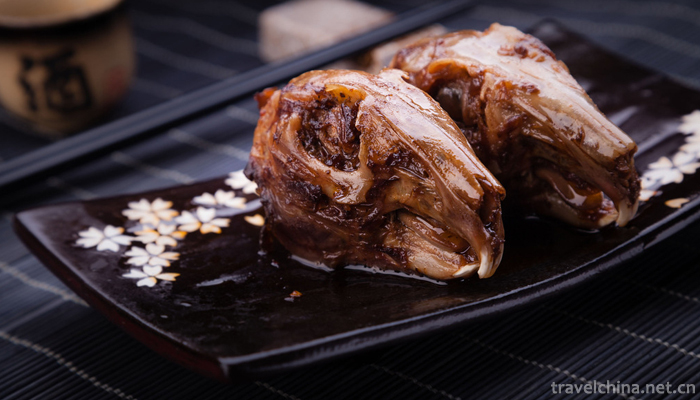
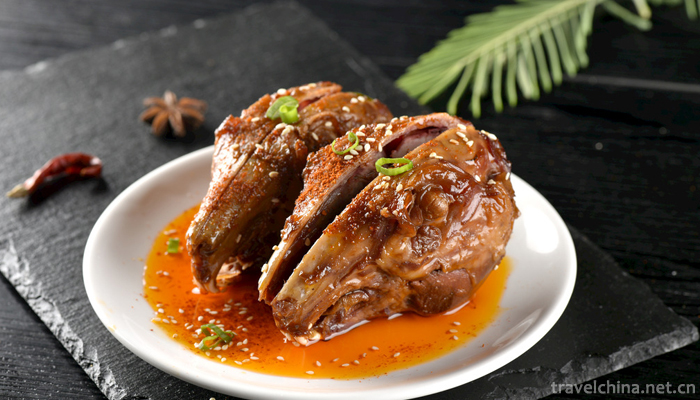
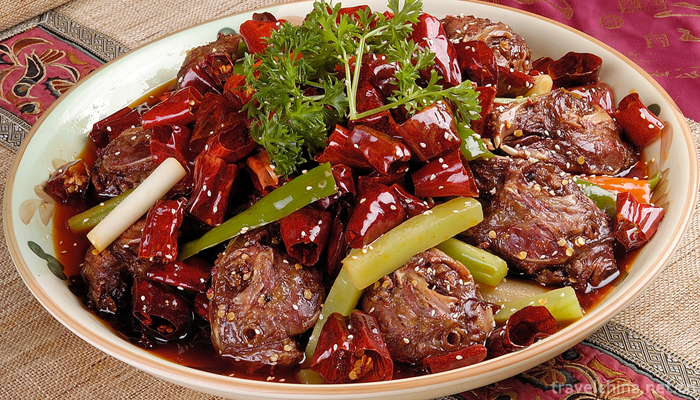

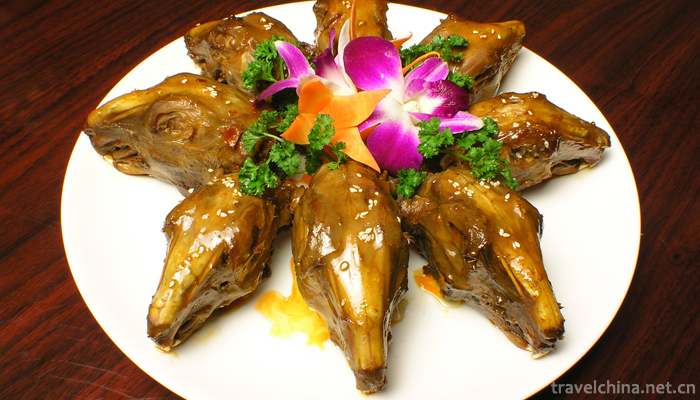
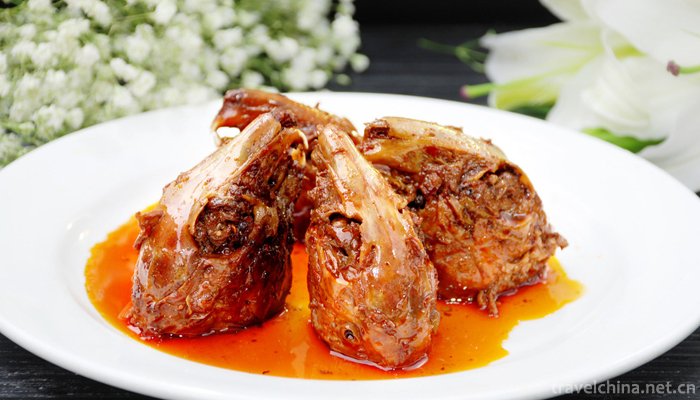
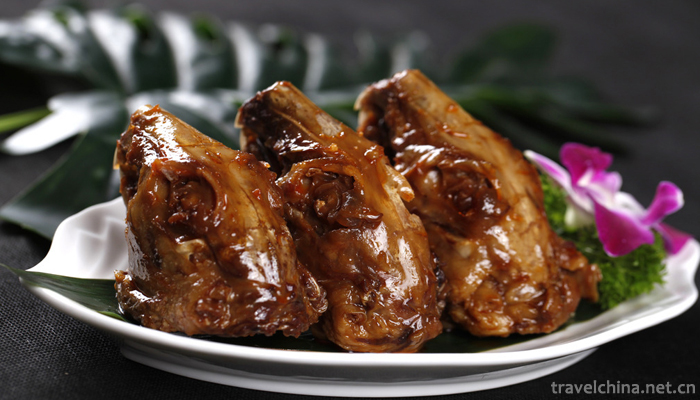

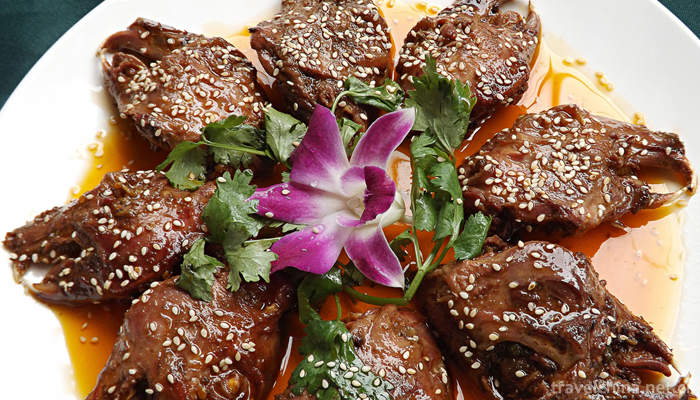
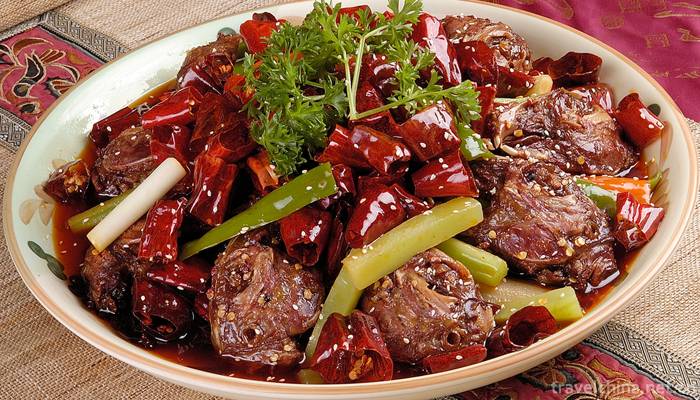
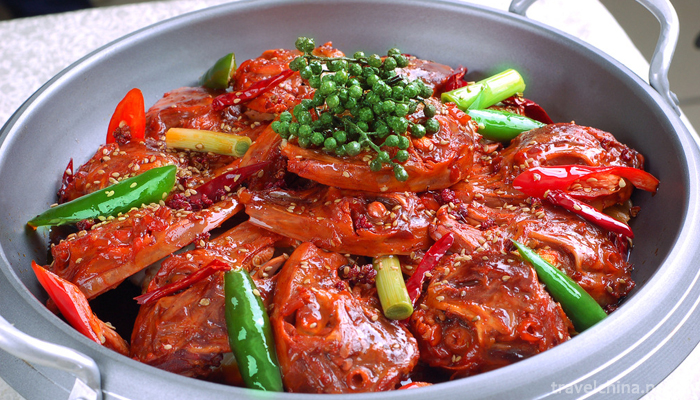
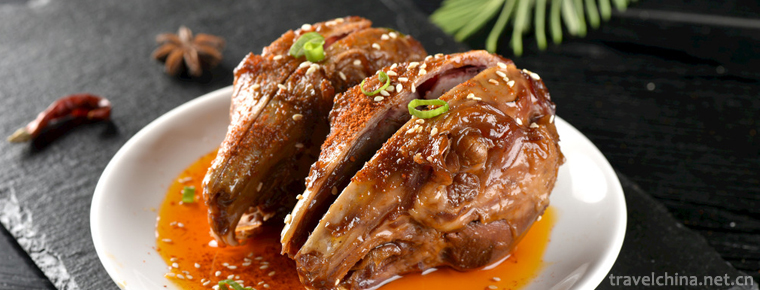
-
1.Canton Tower
Located in Guangzhou Haizhu District (Yizhou Island) near the Chigang Tower,
Time 2018-10-12 -
2.Longmen Grottoes Scenic Area
Longmen Grottoes is one of the treasure houses of Chinese stone carving art. It is now a world cultural heritage, a national key cultural relics protection unit and a national AAAAA class tourist attr
Time 2018-12-09 -
3.Four Seasons Hotel Guangzhou
Four Seasons Hotel Guangzhou is located in Guangzhou International Finance Center on the 103th floor of Zhujiang New Town, the financial center of Guangzhou, at the top of this modern landmark.
Time 2018-12-16 -
4.Qufuming Old Town
Qufuming Old Town: World Cultural Heritage, one of the three holy cities in the world, national AAAAA tourist attractions, National Scenic spots, national key cultural relics protection units, one of
Time 2019-02-07 -
5.Mosukun of Oroqen Nationality
Mosukun of Oroqen nationality is Oroqen language, meaning "telling and singing stories". Most of the performances are performed by a single person without accompaniment of musical instrument
Time 2019-04-28 -
6.Haicheng Hornplay
Haicheng trumpet opera, the local traditional drama of Anshan City, Liaoning Province, is one of the national intangible cultural heritage.
Time 2019-05-02 -
7.Huai Opera
Huai Opera, also known as Jianghuai Opera and Huai Opera, is an ancient local opera. It originated in Huai'an City, Jiangsu Province, and Lixia River, Yancheng City, and originated in modern Shanghai.
Time 2019-05-04 -
8.Beijing opera Peking Opera
Peking Opera, once known as Peking Opera, is one of the five major Chinese operas. The setting lays stress on freehand brushwork. The tone is mainly Xipi and Erhuang
Time 2019-05-07 -
9.Lusheng Dance of Lahu Nationality
Hulusheng dance is a representative of the Lahu nationality. It mainly spreads in busy Nuo Township, Mengmeng Township, Dawen Township, Mengku Township and other Lahu villages in Shuangjiang
Time 2019-05-10 -
10.Li Folk Songs
Folk songs play an important role in daily life. Almost all men, women and children can sing. Especially on festive days, singing is an indispensable recreational activity. In the daily production wor
Time 2019-05-12 -
11.Firing Techniques of Ru Porcelain
On May 23, 2011, the firing technique of Ru Porcelain was approved by the State Council of the People's Republic of China and listed in the third batch of national intangible cultural heritage, the he
Time 2019-06-11 -
12.Yulei mountain
Yulei mountain, according to the original note of "Mian County" in the book of geography of Han Dynasty, "the water of Yulei mountain flows from southeast to Jiangyang and enters into the river." In Shuo Wen, the word "Yu" is written as "the water flows out of Sichuan county, Mian Yu Lei, Shandong Province, and enters the river in the south of Shandong Province
Time 2020-11-08